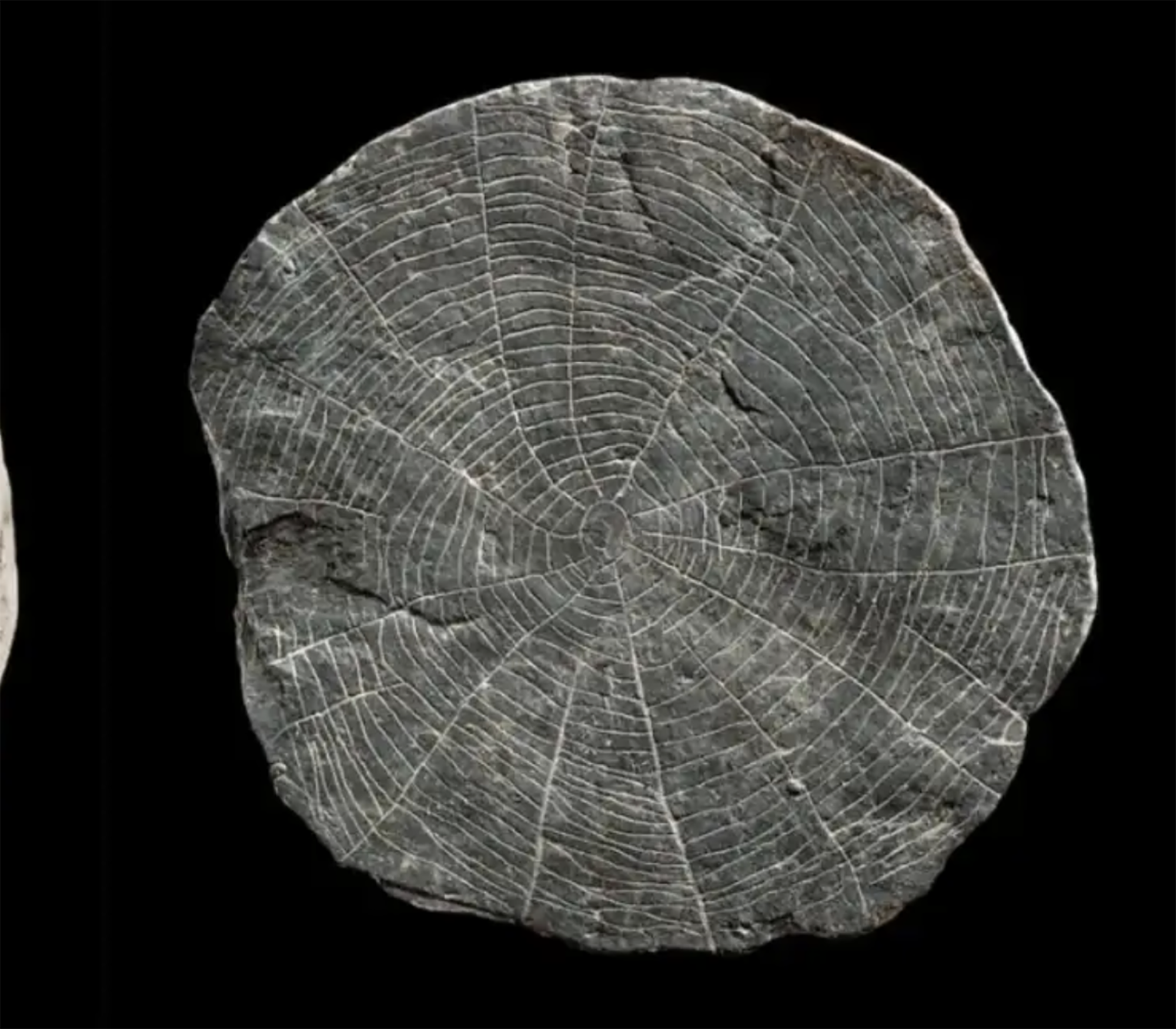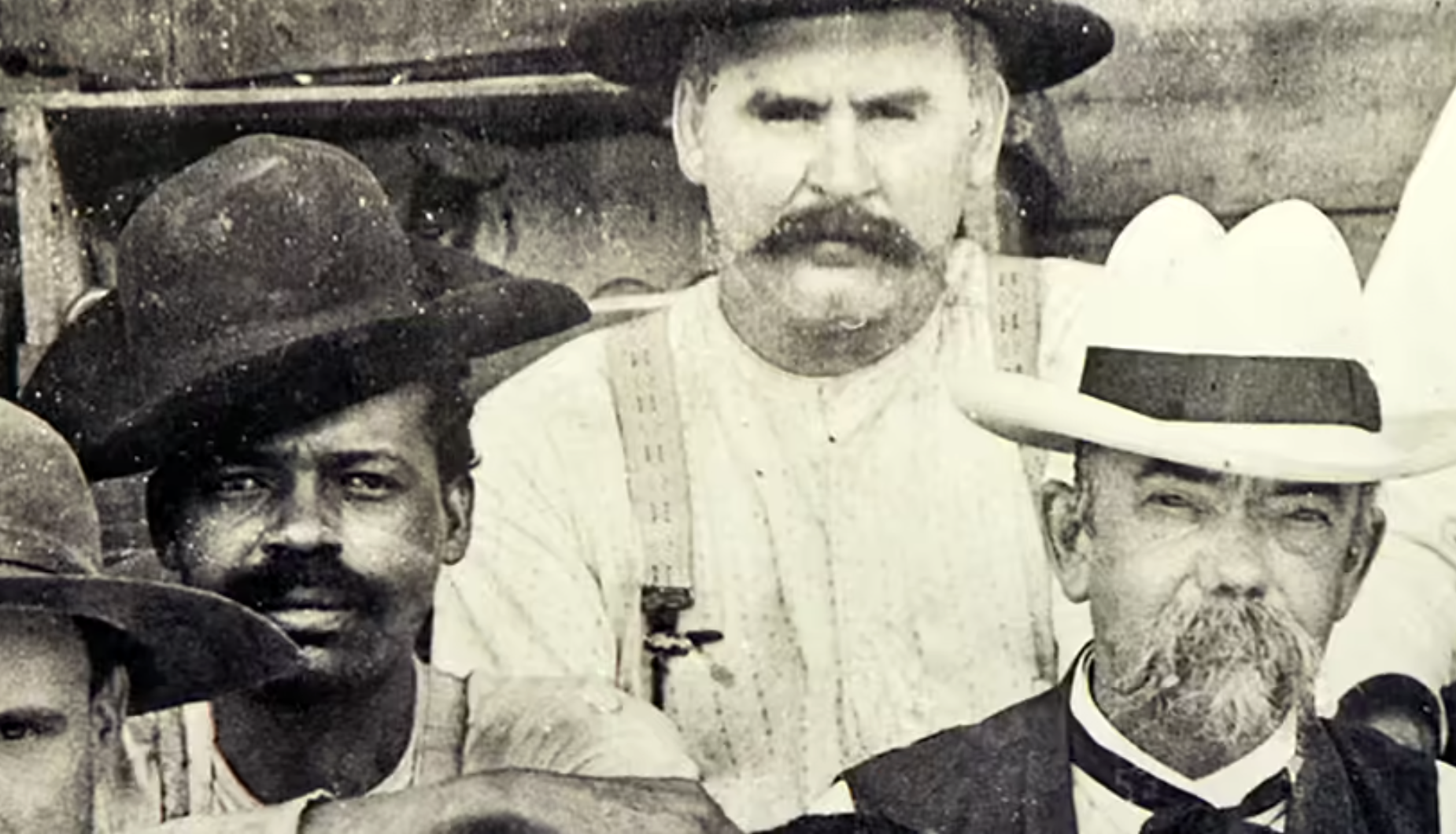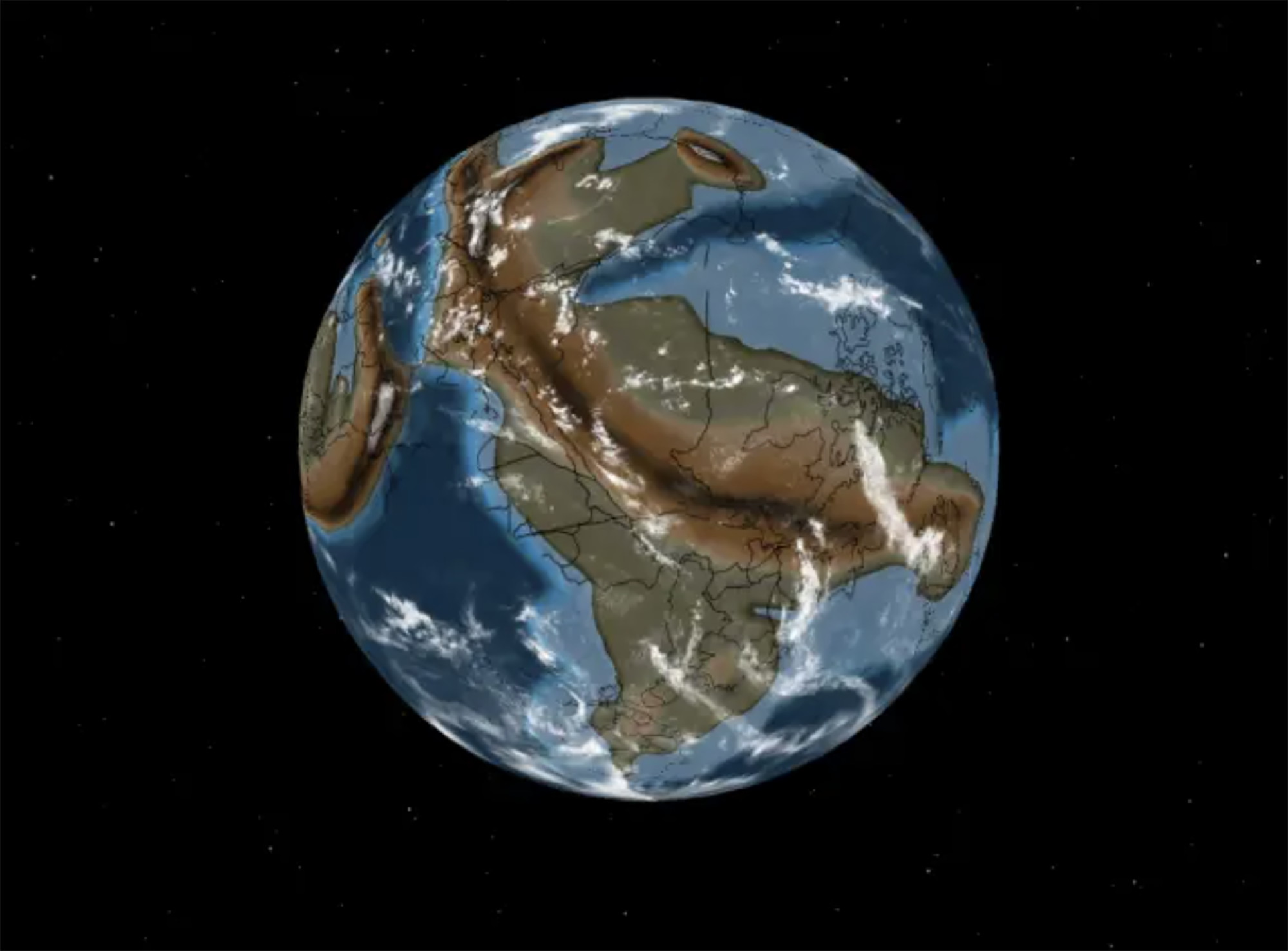Playing with words from antiquity
- Pompeii (Italy), 1925. Archaeologists, among other objects, found a special inscription in the famous site. It's a multipalondromo made up of five Latin words called Square Topo.

Pompeii is the oldest exemplary found to date (Vesuvius d.C. It exploded in the year 79 and, therefore, the writing is older), but not the only one; so far there have been many Square Sators of the Roman Empire and the Middle Ages, carved in walls or columns, or documented, and most, in churches or surroundings.
Sator (erein), arepo (unknown meaning; some believe it is their own name of Egyptian origin), tenet (eutsi), opera (wool, zaina) and broken (biratu) are the five words, which can be read from left to right, from right to left, from top to top.
The sentence comprising these five words is usually translated as follows: “The Arepo planting leads the wheels with skill.” Because the phrase doesn't make much sense, many have tried to find the mysterious meaning that seems to hide the square. Esoteric theories, kabbalistic theories, etc. have been created, but the most widespread theory is the one that relates to Christianity. For example, they say that by cutting words in a different way, the following phrase is formed: “Sat orare poten et opera broken” or “Enough power to pray and work every day.”
Bringing the most extreme interpretations, changing the order of the letters, you can get a cross formed by two paternosters, but this interpretation has an error: two “a” and “or” are left over. But this has also been taken advantage of by some defenders of Christian origin: The letters “a” and “o” are alpha and omega in the Greek alphabet and, therefore, signify the beginning and the end that bind the two godfathers.
Therefore, if we put the letters in the desired order and remove the ones that do not suit us, we will eventually get the Square Topo to tell us what we want. Thus, the combinations and consequences can be almost infinite and it will become increasingly difficult to reveal the mystery that appears to encompass the inscription. Or maybe there's no mystery, and what Square Topo clearly says is that humans have liked to play with words forever.
Vietnam, February 7, 1965. The U.S. Air Force first used napalma against the civilian population. It was not the first time that gelatinous gasoline was used. It began to be launched with bombs during World War II and, in Vietnam itself, it was used during the Indochina War in... [+]
Archaeologists have discovered more than 600 engraved stones at the Vasagård site in Denmark. According to the results of the data, dating back to 4,900 years ago, it is also known that a violent eruption of a volcano occurred in Alaska at that time. The effects of this... [+]
Japan, 8th century. In the middle of the Nara Era they began to use the term furoshiki, but until the Edo Era (XVII-XIX. the 20th century) did not spread. Furoshiki is the art of collecting objects in ovens, but its etymology makes its origin clear: furo means bath and shiki... [+]
In an Egyptian mummy of 3,300 years ago, traces of Yersinia pestis, the bacterium that caused the Justinian plague in the 6th century and the Black Plague in the 14th century, have just been found.
Experts until now believed that at that time the plague had spread only in... [+]
Greenland, the end of the 10th century. The first Scandinavian explorers and settlers arrived on the island. But by the 15th century these settlements had been abandoned and the original Inuit remained. But in 1721, the missionary Hans Egede organized an expedition and the... [+]
In 2017, Indonesia and the Netherlands signed an agreement to return the heritage stolen by the European country because of colonialism for three centuries. The Indonesian responsible for the return process, Gusti Agung Wesaka Puja, explained that this agreement "was important in... [+]
Greece 1975. The country began the year as a republic, three weeks earlier, in the referendum on 8 December 1974, after the citizens decided on the end of the monarchy.
A decade earlier, in 1964, when King Paul I died, his son Constantine took the throne at the age of 23.
But... [+]
Copenhagen, 18 December 1974 At 12 noon a ferry arrived at the port, from where a group of about 100 Santa Claus landed. They brought a gigantic geese with them. The idea was to make a kind of “Trojan Goose” and, upon reaching the city, to pull the white beard costumes... [+]
Tennessee (United States), 1820. The slave Nathan Green is born, known as Nearest Uncle or Nearest Uncle. We do not know exactly when he was born and, in general, we have very little data about him until 1863, when he achieved emancipation. We know that in the late 1850s Dan... [+]
New York, 1960. At a UN meeting, Nigeria’s Foreign Minister and UN ambassador Jaja Wachucu slept. Nigeria had just achieved independence on 1 October. Therefore, Wachuku became the first UN representative in Nigeria and had just taken office.
In contradiction to the... [+]
Researchers at Johns Hopkins University have discovered several cylinders with inscriptions at the present Syrian Reservoir, the Tell Umm-el Marra. Experts believe that the signs written in these pieces of clay can be alphabetical.
In the 15th century a. The cylinders have... [+]
London 1928. At the Victoria and Albert Museum there was a very special painting: in the painting there is a black man, with wig and Levite, surrounded by books and scientific instruments. Thus it was catalogued in the Museum: “Unique satirical portrait representing a failed... [+]
Ethiopia, 24 November 1974. Lucy's skeleton was found in Hadar, one of the oldest traces of human ancestors. The Australian hominid of Australopithecus afarensis is between 3.2 and 3.5 million years old.
So they considered it the ancestor of species, the mother of all of us. In... [+]
A group of archaeologists from the University of Berkeley, California, USA. That is, men didn't launch the lances to hunt mammoths and other great mammals. That was the most widespread hypothesis so far, the technique we've seen in movies, video games ...
But the study, published... [+]

























